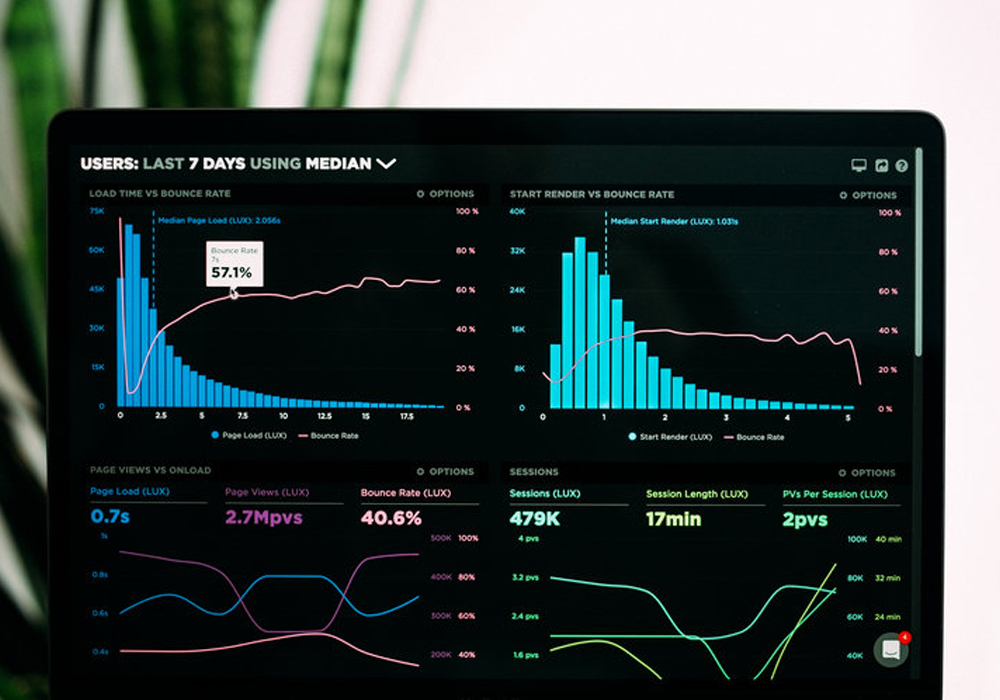Fundamentally, marketing’s job is to drive awareness of products, services, and lead consumers to want to buy. Or, in a B2B context, help sales teams get more meetings and close deals. As marketers, there is often this internal juxtaposition between how do we create something that is culturally relevant and effective, yet disruptive that will make our brand famous. For the last century, marketers have struggled with this paradigm, and have often been challenged to know if their campaigns are working and who their customers really are. Measurement of marketing has also been difficult for many marketers, especially with the rise of many forms of marketing – social media, email, out of home, digital, radio, broadcast television, experiential, sponsorship and the plethora of digital streaming services out there.
Now, throw data and data driven insights into the mix. Not only can marketers use data to identify the target customer, understand their pain points, passions, and what makes them tick, but be able to deliver a highly personalized customer experience. Data also provides marketers the opportunity to monitor and gauge performance via business intelligence solutions in real-time or near real-time. As you are reading this you might be asking, how is this possible
Identification of a brand’s target customer and competitors is the first step to successfully launching marketing activities. Social listening and monitoring tools that are on the market, such as Brandwatch/Crimson Hexagon, Netbase, Awario, are great ways to ‘listen’ on social media for prospective customer pain points, audience passions, and key drivers of positive, negative, and neutral sentiment.
Other data mining and data science techniques include social scraping that leverage some form of a scripting language, like R or Python, and API connections to individual social media profiles. Information can be mined and analyzed to begin to assemble cohorts of users that have similar attributes or key behaviors. Once the target customer has been identified via a data driven approach, they can be used to inform overall marketing strategy – including channels, messaging, and content that will be most relevant.
Business Intelligence solutions have become integral tools for marketing teams to power marketing analytics and decision making. Business Intelligence solutions are descriptive not predictive, meaning they present information at a point in time rather than display information that highlights future trends. BI tools very much require human intervention to analyze the data to understand what happened, why it happened, and what to do going forward. BI, however, affords marketers the opportunity to optimize and tweak programs to see the response. Optimization drives budget efficiency and ensures that marketers are placing dollars in the right place to achieve the desired outcome; whether that be awareness or lower funnel metrics like lead gen.
Media Mix/Attribution modeling is another data technique that helps marketers understand the impact of their omni-channel marketing mixes. There are a few attribution techniques at play for organizations today. The most common is last click attribution. It assigns 100% of a conversion credit to whatever the last marketing communications channel was that ‘touched’ the consumer and drove them to convert. The other technique which holistically evaluates and assigns proportional credit to each marketing channel by weighing them by level of marketing investment and volume of conversions is fractional attribution.
At this point you are probably wondering okay great, I’ve learned some interesting techniques about data mining and identification of the target customer, but how is data used for personalization purposes? Let’s take a look at a high level example. In marketing and more specifically ad tech over the last several years, there is an approach called Identity Graph Matching. What this approach does is take an organization’s 1st party data (usually customer data) and match it with a strategic partner to establish a mutually beneficial data exchange in an anonymized fashion. Typically, there is a 3rd party that stitches together the two partners’ data.
A real-world example is, perhaps an eCommerce travel company wanted to learn more about its customer base to deliver personalized customers experiences on their site. Their 1st party data will likely only have site level information (e.g. searches, pageviews, dates). They might want to partner with an airline to receive flight information (e.g. destination, origin) to deliver messages to customers that are traveling in-destination. Once a customer data match has been established to round out the customer profile, oftentimes marketers can use this information for other personalization efforts such as CRM, advertising/marketing, site personalization etc.
Overall, data driven insights allow marketers to have a laser focused approach to identifying who their customers are, what their competitors are up to, and finally, understand what tactics are working to get their message across to the right people at the right time. Today’s consumer is constantly connected and demands a personalized experience from leading brands. If brands are unable to comply, they will lose their market share and be less successful than those firms that do comply with offering these personalized experiences.










